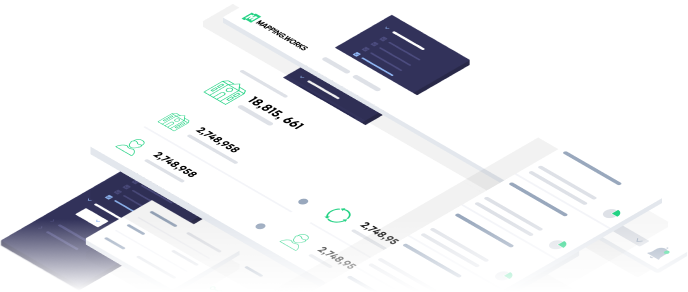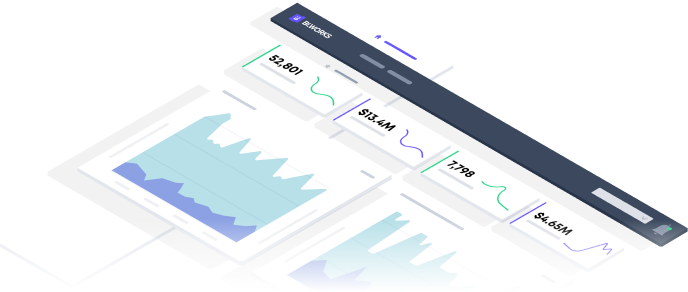Room Mapping: A Comprehensive Overview
Room mapping enhances the customer’s understanding of the accommodations available, allowing for more informed decision-making. This blog provides an in-depth understanding of room mapping for travel companies of today’s travel industry era. It also gives a detailed look at one of the main aspects of room mapping, dynamic pricing, and how the integration of room mapping and dynamic pricing for travel companies work in tandem to optimize revenue and enhance the overall customer experience.
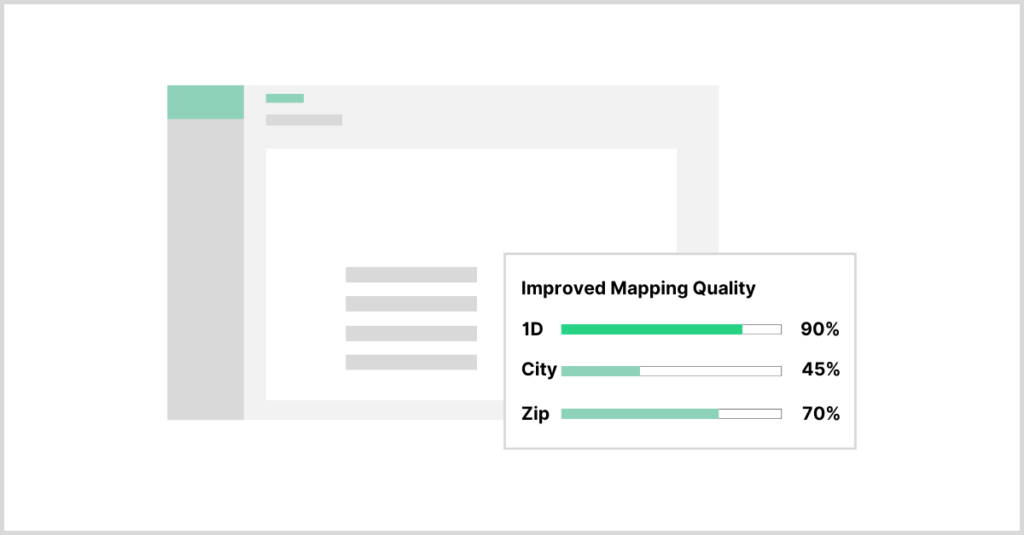
What is Room Mapping?
Room mapping involves creating detailed visual representations of the layout, features, and amenities of individual rooms within a property. This technology offers a dynamic and interactive way for customers to explore accommodation options before making a reservation. Additionally, room mapping can highlight specific features such as balconies, scenic views, or unique amenities.
Benefits of Room Mapping
Accurate Descriptions and Visualization
Room mapping allows travel companies to offer accurate and detailed descriptions of accommodations. This visual representation enables customers to virtually explore the room, leading to more informed decisions and reducing the likelihood of dissatisfaction upon arrival.
Customization and Personalization
By understanding customer preferences through room mapping, travel companies can tailor recommendations based on individual needs. This personalized approach enhances the customer experience and fosters a sense of satisfaction with the booking process.
Enhanced Accessibility Information
Room mapping can be instrumental in providing detailed information about the accessibility features of rooms, catering to individuals with specific needs. This commitment to inclusivity enhances the company’s reputation and attracts a broader customer base.
Operational Efficiency
Room mapping streamlines internal processes such as housekeeping and maintenance by providing a visual reference for staff. This contributes to operational efficiency, ensuring that tasks are performed with accuracy and speed.
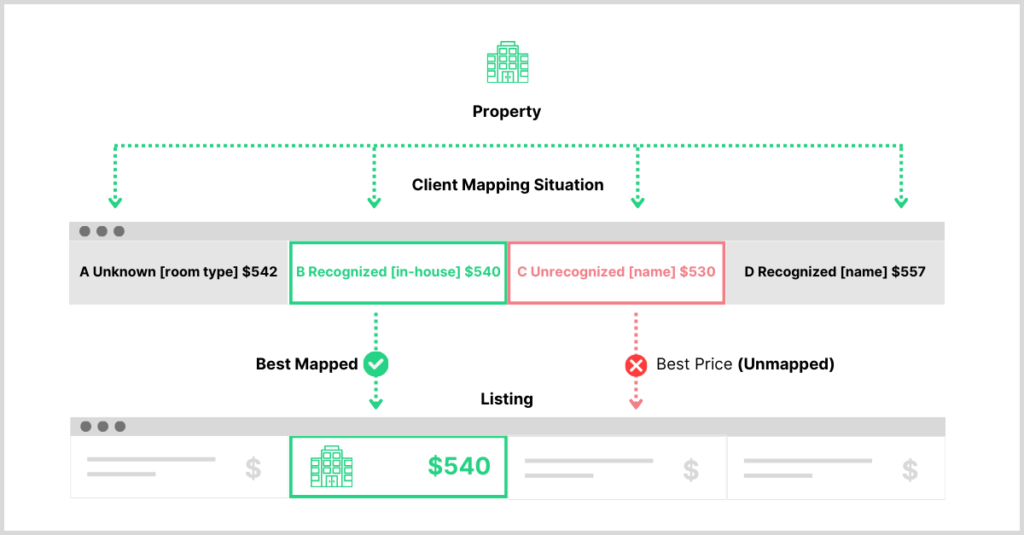
Dynamic Pricing: Maximizing Revenue in Real-Time
Dynamic pricing is a strategy where prices are adjusted in real time based on various factors such as demand, seasonality, competitor pricing, and other market conditions. This approach enables travel companies to optimize revenue by setting prices dynamically rather than using fixed rates. Here’s an in-depth exploration of the benefits of dynamic pricing:
Real-time Demand Response
Dynamic pricing allows travel companies to respond to real-time changes in demand. By analyzing data on booking trends, events, and market conditions, companies can adjust room prices to maximize revenue during periods of high demand and attract more bookings during slower times.
Competitive Pricing
Staying competitive is crucial in the travel industry. Dynamic pricing enables companies to stay on par with competitors by adjusting prices in response to changes in the market. This flexibility ensures that the company remains attractive to potential customers while maximizing revenue.
Maximizing Revenue per Room
Dynamic pricing goes beyond fixed rates, allowing companies to set prices based on individual room attributes, customer preferences, and other factors. This personalized approach maximizes revenue for each room, considering its unique features and demand.
Optimizing Occupancy Rates
Dynamic pricing helps optimize occupancy rates by adjusting prices to fill rooms during off-peak periods. Offering discounted rates or promotions during slow periods can attract more bookings, contributing to higher overall occupancy and revenue.
Customer Segmentation
Dynamic pricing allows for the segmentation of the customer base. Companies can tailor pricing strategies to different market segments, offering premium pricing for those willing to pay more for exclusive services or features.
Promotions and Discounts
Companies can use dynamic pricing to offer targeted promotions and discounts, stimulating demand during specific time frames. This strategic approach helps attract budget-conscious travelers without compromising overall revenue.
Data-Driven Decision Making
Dynamic pricing relies on data analysis and algorithms to make informed decisions. This data-driven approach allows travel companies to continuously refine and improve their pricing strategies based on market trends, customer behavior, and other relevant factors.
Flexibility in Pricing Models
Dynamic pricing systems provide flexibility to experiment with different pricing models, such as time-based pricing, location-based pricing, or package deals. This experimentation can help identify the most effective strategies for maximizing revenue.
Revenue Management Automation
Dynamic pricing systems automate adjusting prices in response to changing market conditions. This automation saves time for travel companies, allowing them to focus on other aspects of their business while ensuring that pricing remains optimized.
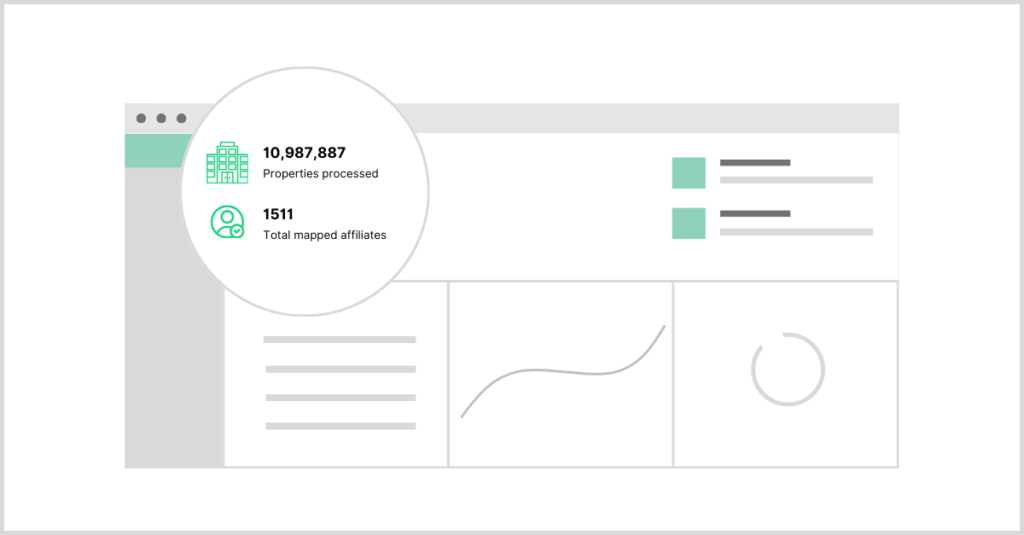
Synergy of Room Mapping and Dynamic Pricing
When room mapping and dynamic pricing are integrated, travel companies can harness a powerful combination of tools to enhance their business strategies further. Let’s explore how the synergy of these two approaches brings about numerous benefits:
Granular Room Insights
Room mapping provides detailed insights into individual room features, layout, and amenities. This granular information allows dynamic pricing to be applied with precision, considering specific attributes and ensuring that pricing aligns with the unique value proposition of each room.
Tailored Pricing Based on Room Attributes
With room mapping, travel companies can identify rooms with distinct characteristics or desirable views. Dynamic pricing can then be applied to these features, allowing for more precise and targeted pricing adjustments. For example, rooms with balconies, better views, or additional amenities can be priced accordingly to maximize revenue.
Responsive to Seasonal Demand and Events
The integration of room mapping and dynamic pricing enables travel companies to respond dynamically to seasonal demand and local events. During peak tourist seasons or major events, the system can automatically adjust prices for rooms with high demand, ensuring optimal revenue capture.
Optimized Pricing for Room Categories
Room mapping facilitates the categorization of rooms based on size, view, or other attributes. Dynamic pricing can then be applied to different room categories, allowing companies to strategically position pricing tiers and capture the willingness of customers to pay more for enhanced experiences.
Enhanced Personalization
The combination of room mapping and dynamic pricing allows for a more personalized customer experience. Travel companies can offer tailored packages or upsell based on room attributes, creating a dynamic pricing structure that aligns with individual customer preferences and requirements.
Efficient Inventory Management
Room mapping provides a clear overview of room availability and features, enabling dynamic pricing systems to make informed decisions on optimizing inventory. By dynamically adjusting prices based on real-time availability and demand, travel companies can avoid overbooking issues and maximize revenue from each room.
Strategic Discounting
Room mapping allows travel companies to identify rooms with lower demand or specific characteristics that may benefit from strategic discounting. Dynamic pricing can then be applied to offer targeted discounts or promotions, stimulating demand for specific rooms and optimizing overall revenue.
Integration with Revenue Management Systems
The integration of dynamic pricing with room mapping supports seamless collaboration with revenue management systems. This synergy allows for a comprehensive approach to pricing optimization, considering both room attributes and broader market dynamics.
Competitive Edge in the Market
The combination of room mapping and dynamic pricing positions travel companies as innovative and customer-focused in the competitive market. The ability to offer personalized pricing based on specific room features enhances the company’s value proposition and sets it apart from competitors.
Continuous Improvement Through Data Insights
The data generated by room mapping and dynamic pricing systems offer valuable insights into customer behavior and market trends. Travel companies can leverage this information for continuous improvement, refining pricing strategies, and enhancing the overall customer experience.
Conclusion
The integration of room mapping and dynamic pricing represents a sophisticated approach for travel companies to optimize revenue, provide a personalized booking experience, and maintain a competitive edge in the dynamic hospitality industry. Room mapping allows customers to gain a complete understanding of the accommodations, leading to better decision-making, while dynamic pricing ensures that the value of each room is maximized based on real-time market conditions. This synergy enables travel companies to adapt to changing market dynamics, drive business success, and offer an unparalleled experience for their customers.
Feel free to contact us to learn more about how Gimmonix can help your company boost your company’s margins by 20% with its cutting-edge room mapping solution that increases conversion rates and average booking values.



